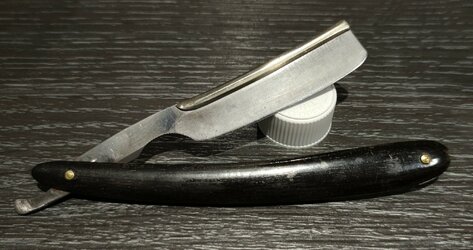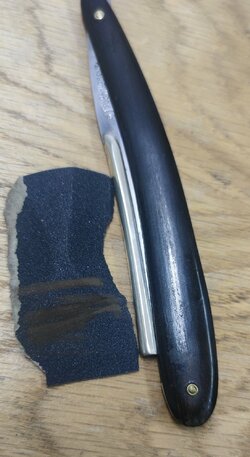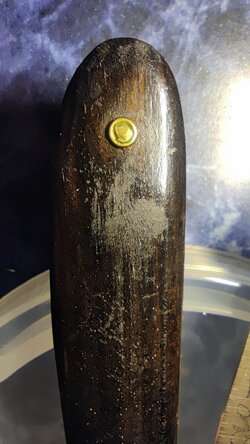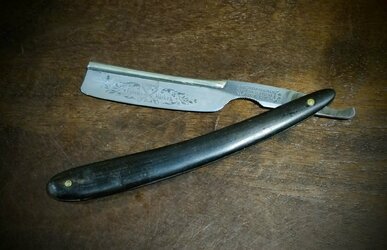This is a recent acquisition and my first razor with ebony (I think) scales.
The razor is in great working order but the exterior of the scales is looking just a little tired.
I would like to give the scales a spruce up without removing them.
Would this be a gentle hand sanding? If so what grit would you start at?
And what would you suggest to shine them up afterwards? I'm thinking oil would be a workable option?
The razor is in great working order but the exterior of the scales is looking just a little tired.
I would like to give the scales a spruce up without removing them.
Would this be a gentle hand sanding? If so what grit would you start at?
And what would you suggest to shine them up afterwards? I'm thinking oil would be a workable option?






